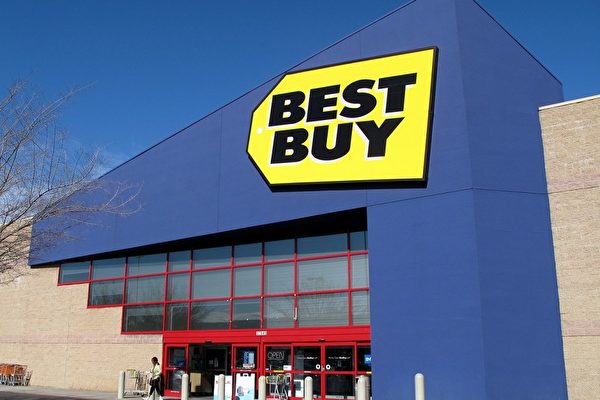Best Buy, the multinational consumer electronics retailer based in the United States, is launching a third-party seller marketplace on its website and app to expand product offerings and counteract the slowdown in sales.
According to a report by CNBC on Tuesday (August 19), consumers visiting Best Buy’s website and app will encounter brands and products that were not previously available for sale, including more tech-related accessories such as custom gaming controllers, as well as non-tech products like seasonal decorations and sports collectibles.
This online marketplace model is inspired by retailers like Amazon and Walmart, where third-party sellers are responsible for stocking, selling, and delivering products, while Best Buy takes a commission from sales.
Jason Bonfig, Chief Merchandising and Fulfillment Officer at Best Buy, stated, “Everything we do is centered around the customer and their demand for tech products. We see customers indeed buying a lot of consumer electronics through these marketplaces. Therefore, we need to adjust our strategy based on customer needs.”
He pointed out that the company noticed certain gaps in its product line, and the new platform can help fill those gaps. For example, Best Buy did not offer batteries for some older cameras or protective cases for older smartphones; and complementary products to Best Buy’s existing offerings, such as furniture to match large screen TVs or cookware to accompany new kitchen appliances, were also not provided.
In addition to supplementing products, this platform also allows smaller, innovative vendors to sell their products on the Best Buy website, even if these suppliers do not have the production capacity and distribution capabilities required to enter physical stores.
The launch of the third-party marketplace by Best Buy comes at a time when the company’s business needs growth. Over the past three years, due to a stagnant real estate market, cautious consumer spending, and a decrease in demand following the tech buying frenzy during the pandemic, Best Buy’s annual sales have continued to decline.
In May, the company revised its sales expectations, anticipating annual revenues to be between $41.1 billion and $41.9 billion, comparable to the previous year’s $41.5 billion but below pre-pandemic levels.
Best Buy will announce its latest financial report and sales forecast on August 28.
Jonathan Matuszewski, a retail analyst at the global independent investment bank and financial services company Jefferies, pointed out that tariffs have also posed challenges for Best Buy’s operations, as higher tariffs have raised costs for consumer electronics manufacturers, diverting their resources from developing new products. He noted that when a technological breakthrough occurs, Best Buy typically outperforms large retailers or online competitors.
During the earnings conference call in May, Best Buy CEO Corie Barry identified the third-party marketplace as one of the company’s strategic priorities for the year. She emphasized that this new source of profit is “more important in the current environment” and can provide greater flexibility in terms of product variety and pricing.
She stated that the third-party transaction platform supports the company’s growing advertising business. Sellers can promote products through ads and also enhance search result rankings through paid placements.
Justin MacFarlane, Managing Director of the global retail team at management consulting firm AlixPartners, noted that third-party transaction platforms and their advertisements often bring higher profits to retailers. This is because sellers handle purchasing, stocking, and shipping themselves, taking on inventory and discount risks, while the retailer itself does not need to be involved.
However, this model also carries risks. MacFarlane cautioned that the standards of some sellers may fall short of those of retailers, and if customers receive damaged packages, missing items, or delayed shipments, it can damage the brand image. Additionally, if the variety and brands of products on the website are too extensive and unrelated to the retailer’s positioning, it can leave customers feeling overwhelmed.
He warned, “Retailers are prone to getting addicted to growth, the faster the better, but at a certain point, it can backfire.”
Bonfig mentioned that around 500 sellers had joined the third-party platform at its launch. The company has selected sellers who can provide a high-quality customer experience, and they must adhere to Best Buy’s return policy, allowing customers to return products directly to the seller or to Best Buy stores.

